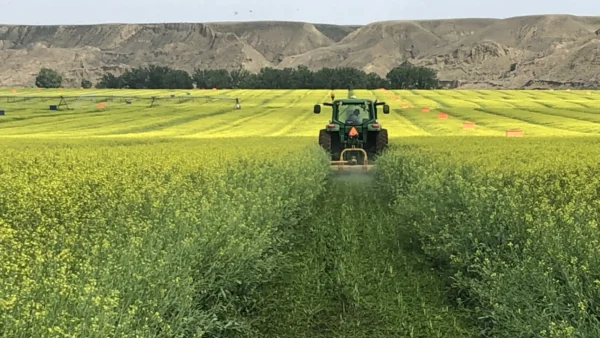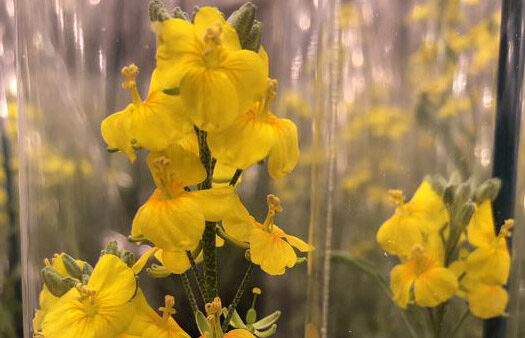As first announced in 2016, the Canadian Grain Commission (CGC) has undertaken a modernization of wheat classes, with some varieties being moved into new classes. As part of this process, as of August 1, 2018, the CGC will move 25 Canada Western Red Spring Wheat and four Canada Prairie Spring Red varieties into the new Canada Northern Hard Red (CNHR) class.
This means growers need to know what’s in their bin now and what class it will fall into in less than a year. The varieties within the reclassification can’t be marketed into the classes they historically could have.
These changes will require wheat growers of all stripes to think about their production plans for 2018 and make decisions now so they’re ready. It’s crucial to think about the following factors:
Selection: When selecting varieties, remember that yield is important, but so is disease resistance. Protein content is an important factor as well and can provide premium prices in some years. It’s not all about yield.
Risk mitigation: Planting multiple varieties of wheat is a good way to spread out your risk. Some varieties will do better than others in different environmental conditions, so it’s good to be prepared by planting different ones.
Maturity: It’s easy for farmers to say, “I’ll plant my latest maturing variety first and the earliest last.” What happens is they end up maturing at the same time and harvest losses can result. Consider planting your earliest-maturing variety first, so you can spread out your workload and your risk at the same time
Marketing potential: It’s important for farmers to discuss with their local grain buyers about which classes the buyers are even going to be handling. Modern elevators have a lot of capacity, but not as much segregation. Before you grow it, ensure you have a marketing avenue in your region.
It’s also worth repeating that Plant Breeders’ Rights must be taken into consideration too. With varieties that fall under the UPOV 91 treaty, if you buy common seed, you as the buyer can now be held responsible for any intellectual property violations that might take place. If the breeder determines they weren’t fairly compensated for that seed, both the seller and buyer are considered rights infringers.
That’s why I recommend buying certified seed — that way, you know what you’re getting and you support development of new and improved varieties. For more information, visit pbrfacts.ca.












